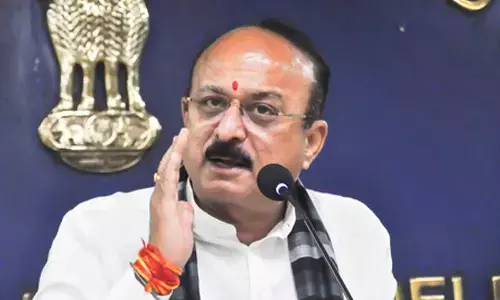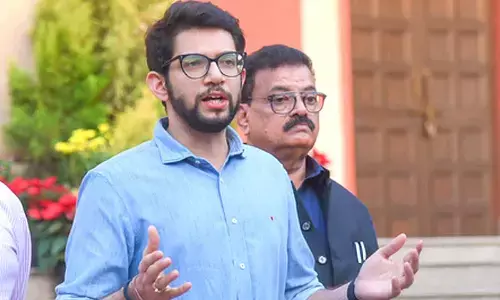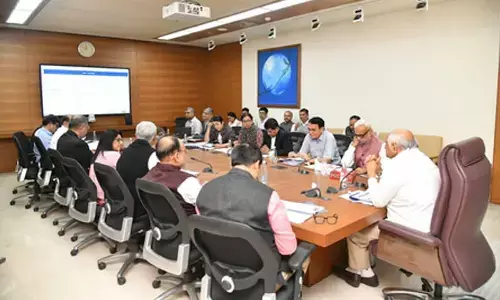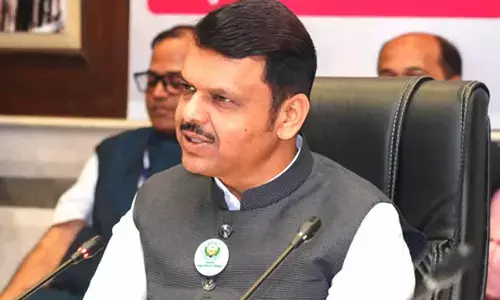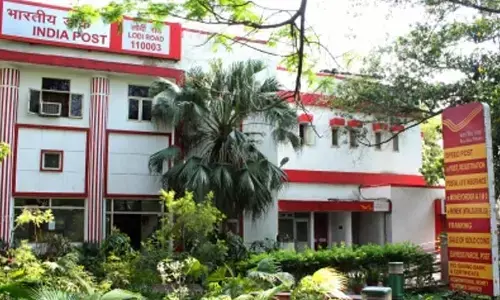Anantapur: First aid clinics thrive as full-fledged medical facilities

Representational image
The high cost of medical treatment and disconnection of pvt hospitals with the poor is driving people to village quacks who are able to connect well with the poor patients
Anantapur: Dubbed as 'village quacks' they outnumber medically qualified MBBS doctors and cater to a large rural population and urban poor living in slums.
These people who are running village and slum health clinics are supposed to be running what the District Medical and Health Office (DMHO) calls ' first aid clinic' but these first aid clinics are being run as full-fledged medical clinics where these first-aiders are operating as full-fledged doctors. The issue is not of government's lack of faith in these quacks but people's faith in these quacks and that explains why these so called medical practitioners are thriving.
The high cost of medical treatment and their disconnection with the poor and common man on the issue of indiscriminate clinical and laboratory tests and high cost of consultation is driving people to village quacks who are able to connect well with the poor patients.
Of course, these village quacks do not usually go beyond primary health treatment but some of these quacks are also venturing into performing minor surgeries.
Of course most of the poor first tap the doors of Government General Hospital. Every day scores of the village poor come from all corners of the district. For them the huge queues to see a doctor, at clinical laboratories and medical stores etc consume 2 days of their time to even start medical treatment and get relief from their pain and suffering. This laborious process causes vexation of spirit to these unfortunate ones who struggle for survival.
In these circumstances, many of these poor patients opt for village quacks with whom they are comfortable as they get personal hearing, attention and are not subjected to financial burden nor are they indiscriminately sent to clinical examination.
Saroja, a woman residing in a slum, told The Hans India, she knew nothing of medical qualifications of a doctor but it is her faith in the doctor's treatment that is showing results. She added that her (quack) doctor never failed her.
Fortunately for these hundreds of quacks who treat thousands of patients, not one person died of faulty treatment or due to drug reactions or whatever during their years of treatment. Some power is saving them from untoward incidents, medical mishaps and sensational deaths. One can read reports of patients agitating against the death of their loved one in government hospitals but hardly one hears of deaths due to faulty treatment of quacks. Another reason for people going for quacks is shortage of medical doctors and non-availability of cost-effective medical treatment.
On an average, a government doctor attends to 11,152 people, more than 10 times of what the WHO recommends. The shortage of government doctors does not augur well for India where 70 per cent of health care expenses are met by out-of-pocket expenditure. India is terribly short of government doctors.
As per the 2018 government data, 10 Indian States face shortage of doctors at the PHC level. "In the last five years, the government has sanctioned 141 new medical colleges. The maximum intake capacity at MBBS level has been increased from 150 to 250, the norms for setting up of medical colleges in terms of requirement of land, faculty, staff, bed strength etc have been rationalised," said the survey.
The office of DMHO states that first aid centres are to operate as per government norms. They are not permitted to go beyond the set parameters. However, the office does not have the machinery or wherewithal to enforce its guidelines.








